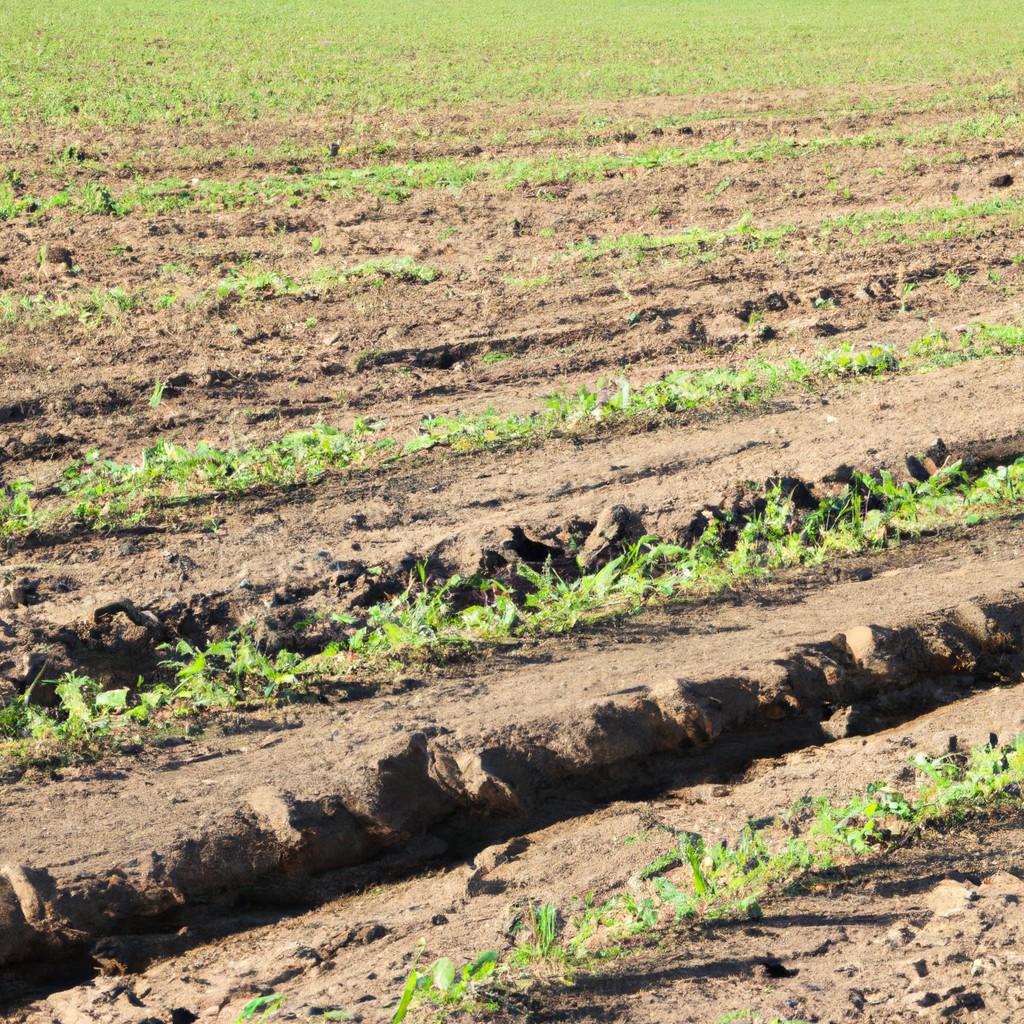This article explains the principles and benefits of no-till farming, illustrating how it helps preserve soil integrity and improve agricultural sustainability.
Look Inside:
What Is No-Till Farming?

No-till farming is an agricultural technique that involves growing crops year after year without disturbing the soil through tillage. This approach focuses on leaving the soil intact and undisturbed, allowing natural processes to maintain soil structure and health. By not tilling, farmers can prevent soil erosion, retain moisture, and encourage beneficial organisms and bacteria to thrive, enhancing soil fertility naturally. Instead of mechanically turning the soil, farmers manage residues from previous crops, which helps suppress weeds and protect the soil surface. No-till farming represents a shift towards more sustainable agricultural practices that support long-term soil health and productivity.
Benefits of No-Till Farming
No-till farming significantly reduces soil erosion, a major problem caused by conventional tilling. By leaving the soil intact and undisturbed, it retains its structure and the essential nutrients needed for crops to thrive. This method also helps prevent water runoff and preserves valuable topsoil.
Another major advantage is its role in combating climate change. No-till practices increase the amount of carbon that soils can capture from the atmosphere. This carbon sequestration not only improves soil fertility but also reduces greenhouse gasses.
Furthermore, no-till farming can lead to better water uptake by plants and reduced need for irrigation. This is because undisturbed soil maintains a more porous structure, allowing rainwater to penetrate and be retained more effectively.
Lastly, no-till fields often require fewer passes of machinery, which means lowered fuel costs and less compaction of the soil. This can lead to significant savings for farmers and a smaller carbon footprint from agricultural activities.
Protects Soil and Reduces Erosion
No-till farming serves as a shield for the soil, preserving its structure and preventing the harmful effects of erosion. By avoiding the disturbance of soil through tilling, the natural composition and beneficial microorganisms within the soil are maintained. This practice not only keeps the topsoil in place but also enhances water absorption, reducing runoff particularly during heavy rains.
This technique is akin to leaving a protective blanket over the soil. The residues from previous crop seasons cover the soil surface, acting almost like armor against erosive forces such as wind and water. Over time, this leads to less degradation of the land and maintains fertility, setting the stage for sustainable agricultural practices and resilient food systems.
Helps Fight the Climate Crisis
No-till farming acts like a carbon sink, capturing carbon dioxide from the atmosphere and storing it in soil organic matter. This process reduces greenhouse gases, directly linking agriculture to efforts in combating global warming. Without tilling, the soil retains more carbon and releases less into the air, making it a pivotal practice in environmental conservation.
Furthermore, this farming method minimizes fossil fuel use. Traditional tilling requires frequent use of tractors and other machinery, contributing to CO2 emissions. No-till allows farmers to cut back significantly on machinery use and reduce their carbon footprint.
Lastly, enhancing soil structure through no-till practices can increase the land’s natural resilience to weather extremes, which are becoming more common with climate change. Better soil structure means better water retention, reducing the need for irrigation and the risk of runoff, thereby protecting nearby ecosystems.
Cons of No-Till Farming
While no-till farming offers numerous advantages, it also comes with some challenges that require consideration. Initially, farmers might experience a decrease in yield. This dip is often temporary as the soil ecosystem slowly adapts to the new farming method.
The buildup of pests and diseases can be another issue, as crop residues left on the field can harbor these problems. Farmers must manage these residues effectively to minimize risks.
Additionally, no-till farming demands a higher initial investment in specialized equipment. Such machinery can be costly, though it’s an investment that can pay off with the reduced need for soil amendments and lower labor costs over time.
Farmers also need patience and a readiness to experiment and learn new agronomic practices to successfully implement no-till methodologies. Transitioning from traditional plowing might require shifts in pest management, fertilizer application, and crop selection strategies.
